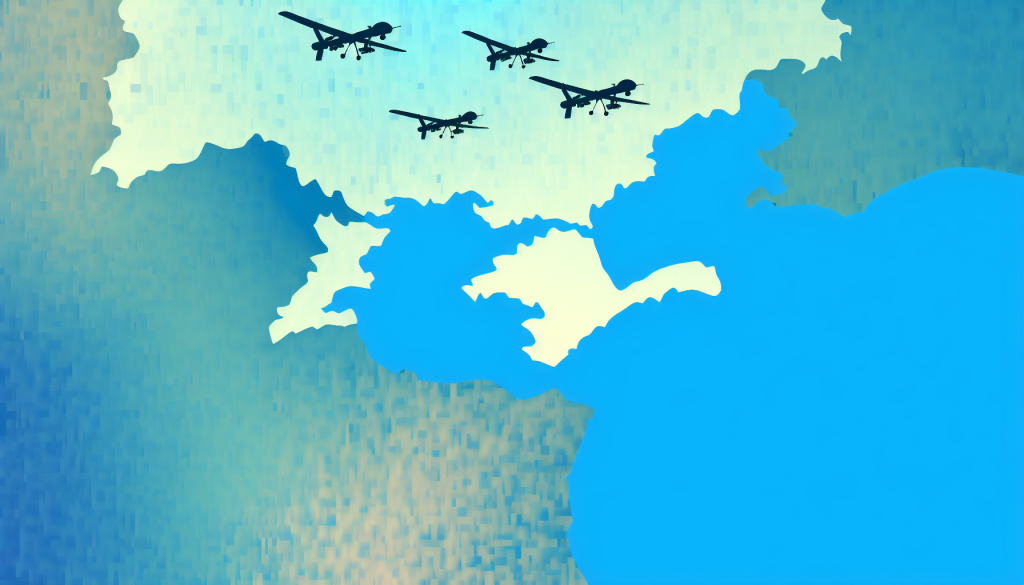## Understanding the Current Conflict: Attacks on Critical Infrastructure
In recent developments, the line between military aggression and civilian impact has sharply blurred, particularly as attacks on critical infrastructure ramp up. The ongoing strikes are not only affecting military and strategic targets; they are also causing significant disruptions to energy and gas production, especially in the western regions of the country.
### The Nature of the Attacks
Recent reports indicate a pattern in the nature of these attacks. The aggressors are frequently targeting local infrastructure that supports essential services. This is not a random occurrence; it’s a calculated strategy aimed at crippling not just military capabilities, but also civilian life and morale. The implications are profound as energy shortages can lead to broader humanitarian crises.
### Regions Under Siege
Areas like the Kyiv region are currently bearing the brunt of these assaults. The damage is extensive, as bombings and drone strikes have created a persistent state of anxiety among residents. The chaos reverberates beyond borders, impacting international perceptions and responses to the ongoing conflict.
### The Role of Unmanned Aerial Vehicles (UAVs)
One of the most notable tactics employed by the attackers involves the extensive use of UAVs, commonly known as drones. A staggering 60% of the drones deployed in these attacks are reported to be of the “Shahed” type, which has been noted for its attack capabilities. The remaining 40% consist of UAVs that serve as simulators—perhaps to create a diversion or confuse defense systems—and reflect the strategic depth being employed in these assaults.
### The Psychological Warfare Component
The use of drones not only has physical implications but psychological ones as well. The fear and uncertainty they instill in the population can demoralize communities, undermining any resilience they might have against the aggressor. This tactic is becoming increasingly prevalent in modern warfare, where the battlefield extends into the minds of civilians, creating an environment of perpetual unease.
### International Reactions and Implications
The increasing frequency and nature of these attacks have drawn significant international attention. Various nations and organizations have begun to reassess their positions and responses to the ongoing crisis. The strategic targeting of critical infrastructure is particularly alarming as it raises questions about the rules of engagement and the ethical considerations surrounding such military actions.
### Looking Ahead
As the situation unfolds, the focus remains not only on military strategies but on vulnerabilities in the civilian realm. The need for robust defensive measures to protect critical infrastructure has never been more urgent. Whether through enhanced surveillance or improved response protocols, the stakes are high, both for the civilians directly affected and for the broader global community watching closely.
### The Unfolding Narrative
The story of this conflict is unfolding daily, shaped by the actions of state and non-state actors alike. As stakeholders engage in dialogue about how to move forward, the landscape remains fraught with tension, uncertainty, and the ever-present possibility of escalation. Understanding the intricacies at play is essential for anyone looking to grasp the complexities of modern geopolitical conflicts.

